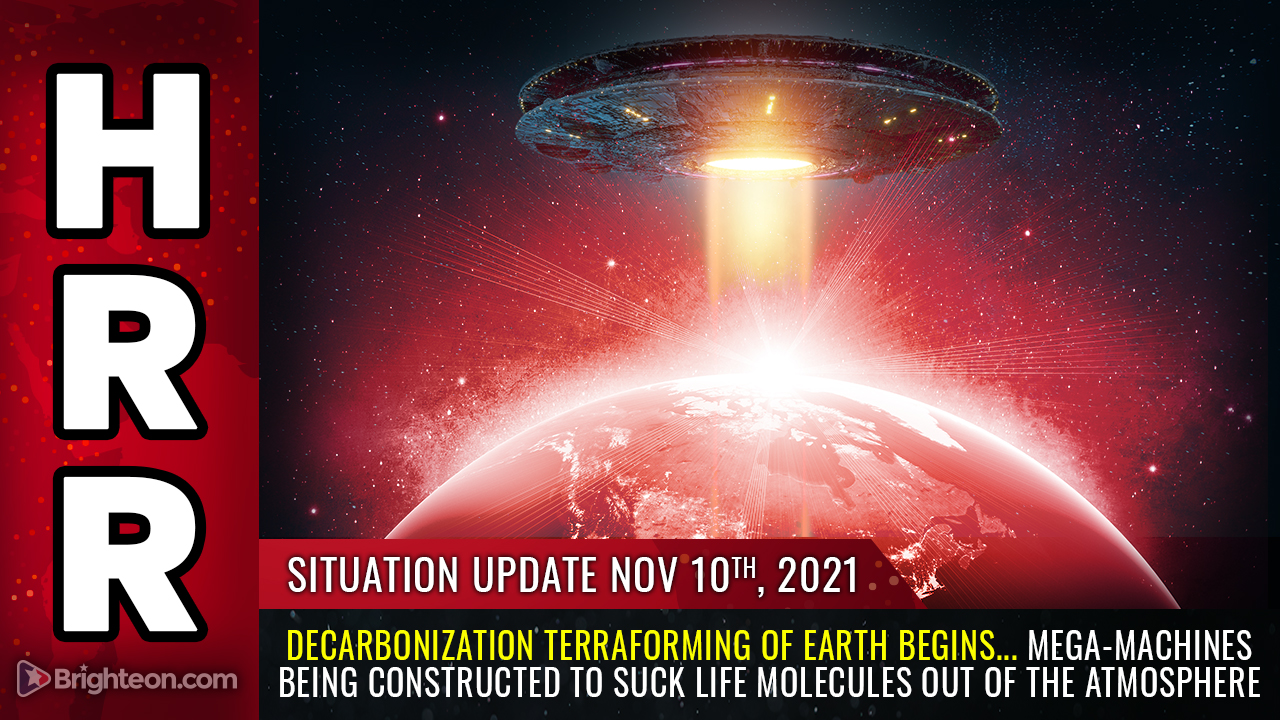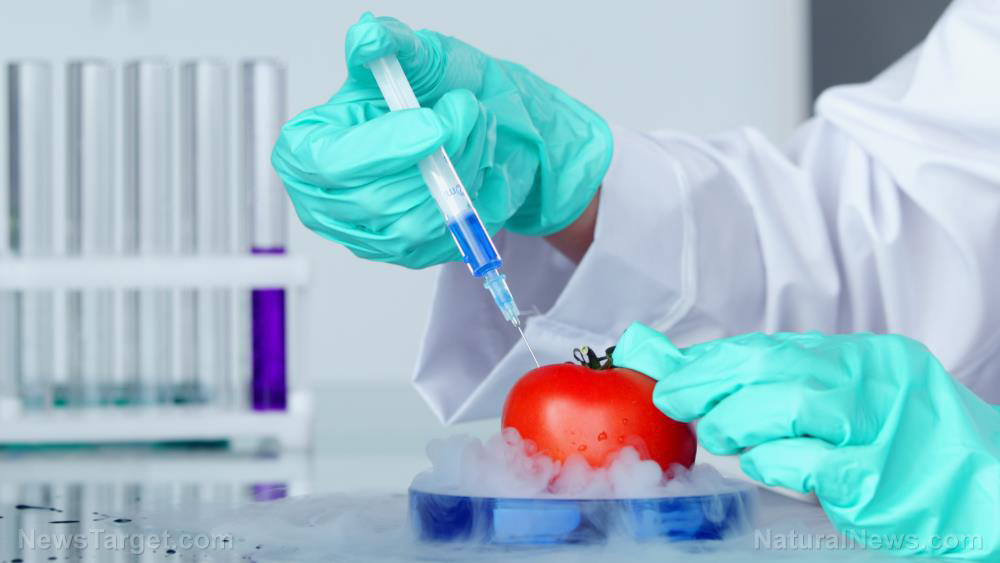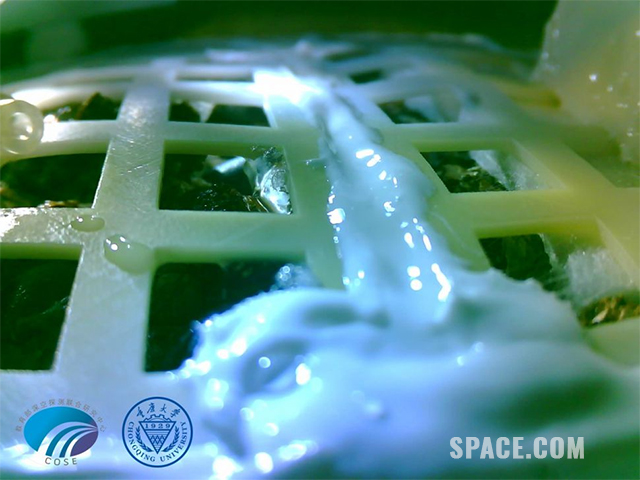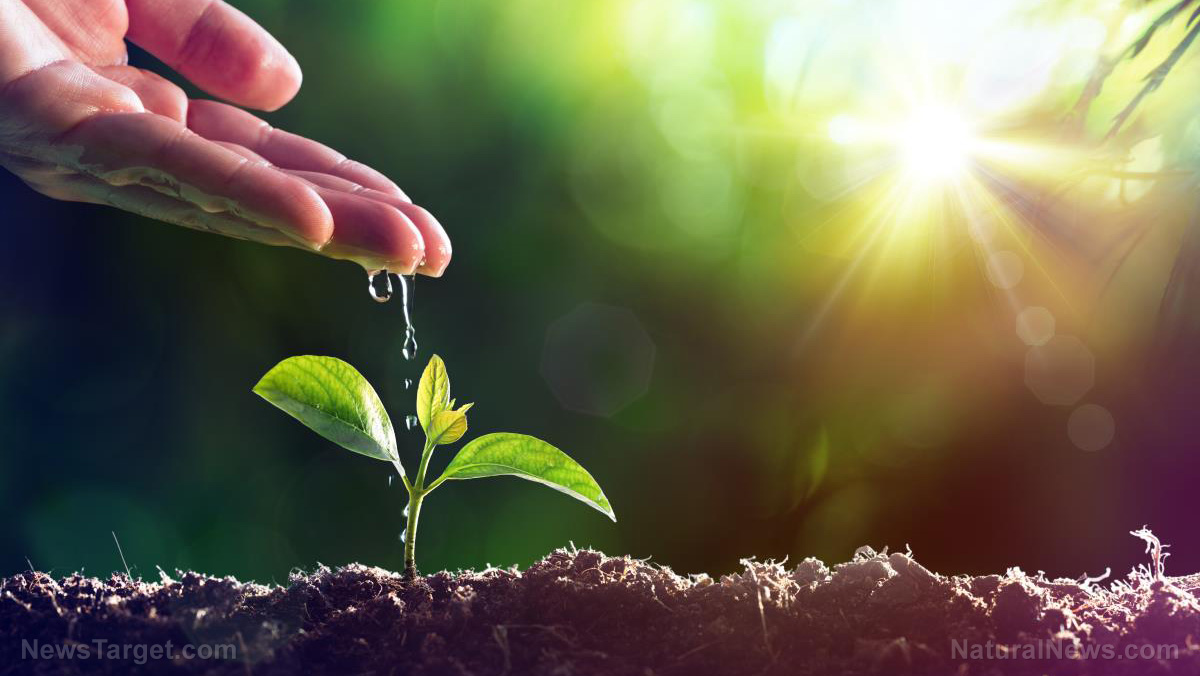
It may seem like something out of a science fiction novel, but growing food in space is one step closer to becoming a reality, a group of scientists has said.
As reported in the journal Open Agriculture, researchers from Wageningen University and Research in the Netherlands have managed to identify vegetables and other crops that can grow -- if not thrive -- in both Martian and Lunar soils
“If humans are going to establish a base on the Moon or on Mars they will have to grow their own crops,” the researchers said, adding that the most viable option for any space colony planning to grow their own food would be to use materials that are already present on the surface of whatever celestial body they are on, such as Lunar and Martian regoliths and ice.
Regoliths, as defined by experts, are the loose, broken-down chunks of rock and other solids that can be found on the surface of a rocky celestial body, such as a planet or a moon.
As noted by the researchers, because extraterrestrial regoliths are not available for plant growth experiments, they had to use regolith simulants developed by the National Aeronautics and Space Administration (NASA).
Simulants from volcanoes
These simulants were created based on information gleaned from earlier explorations of both the Moon and Mars and used material collected from the Pu’u Nene cinder cone located between Mauna Loa and Mauna Kea in Hawaii.
According to the researchers, they first prepared the simulant for planting by adding some organic matter to it in the form of dead grass. This, the researchers said, greatly improved the simulants’ water uptake capacity and nutrient availability. Aside from that, the research team also added a nutrient solution to the regolith simulants in order to mimic the addition of human feces.
After preparing the “Martian” and “Lunar” soils, the researchers then proceeded with the planting.
As detailed in the study, the research team tested ten specific crops to see which ones would grow well in the prepared substrate. These crops, the research team said, included garden cress, rocket, tomatoes, radishes, rye, quinoa, spinach, chives, peas and leeks.
These plants, the researchers said, were planted on both the simulants and normal potting soil, with the latter acting as a control.
All crops, with the exception of spinach, grew well, according to the researchers, adding that they were able to harvest edible parts from the successful plants.
"We were thrilled when we saw the first tomatoes ever grown on Mars soil simulant turning red. It meant that the next step towards a sustainable closed agricultural ecosystem had been taken," Wieger Wamelink from Wageningen University & Research, said, adding that this is the first time that crops have been successfully grown -- and harvested -- on Martian and Lunar simulants.
Prior studies and experiments on planting outside of the Earth, such as the International Space Station and NASA's Vegetable Production System, involved hydroponic mechanisms.
Aside from checking the plants’ growth, the researchers also looked at the total biomass production of the soils the plants were grown in. (Related: Painting the Red Planet green: Botanist plans to bring greenery to Mars.)
Earth soil, the researchers said, produced the highest amount of biomass, followed by the Martian simulant. The Lunar simulant, meanwhile, produced the least amount of biomass.
The results of their study offer evidence that the addition of organic matter and other amendments to the Martian and Lunar simulants can significantly improve plant growth. The research team noted, however, that they still have to find the correct ratio between organic matter and simulants.
“Several ratios should be tested. However, the more organic matter that is needed, the more difficult the first phase of building a ‘soil’ will be and the longer it will take,” the researchers said.
In addition to checking if the plants will indeed grow in the simulants, the research team also checked if the seeds produced by three of the plant species they planted -- radish, rye and garden cress -- would germinate. This is important, the team said, as constantly launching seeds into space would be an impractical task.
As noted by the research team, both rye and cress seeds were able to germinate very well while radish showed around a 50 percent success rate.
For more stories on Outer Space and scientific developments related to the cosmos, visit Space.news.
Sources include:
Please contact us for more information.



















